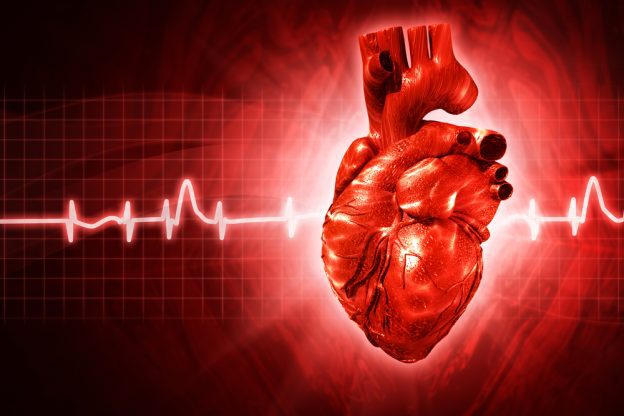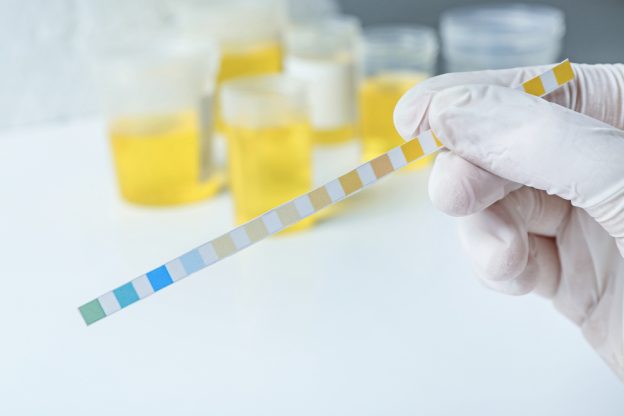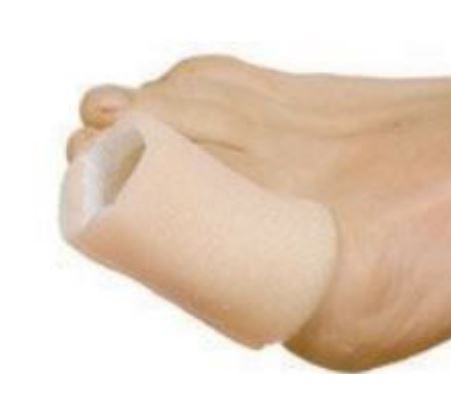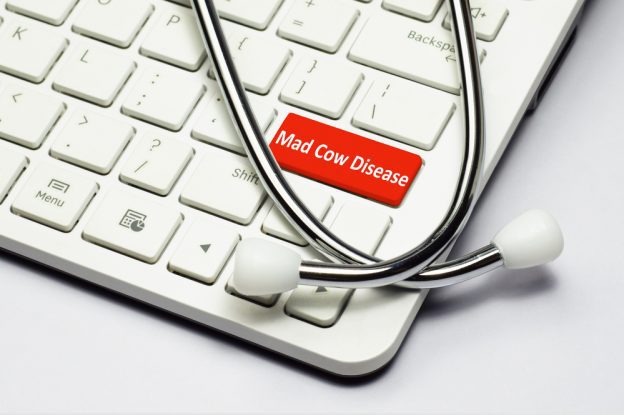Atrial fibrillation (AFib for short) is a very common and potentially life changing heart arrhythmia which affects millions of individuals globally. This is seen as an irregular and frequently rapid heart rate originating in the atria, the two upper compartments of the heart. Atrial fibrillation might be brought about by numerous variables, such as age group, heart problems, high blood pressure, obesity and diabetes. Generally there also appears to be a genetic predisposition which adds to the risk. Lifestyle factors including too much consumption of alcohol, smoking, and also illegal drug use along with a not enough physical exercise might also contribute to its development. The signs and symptoms of atrial fibrillation could vary for every person, with some individuals experiencing absolutely no noticeable symptoms and other suffering from very distressing symptoms. The most common features include a perception of palpitations, fatigue, shortness of breath, dizziness, and also chest soreness. The actual irregular heartbeat linked to atrial fibrillation can also increase the danger to get a cerebrovascular accident, which makes it important to recognize and address the problem quickly. The investigation generally involves a variety of medical history assessment, a physical assessment, as well as tests. Electrocardiography (ECG or EKG) is the principal tool helpful to diagnose irregular heart rhythms. Monitors and event recorders can be employed for more longer tracking, in particular when symptoms are intermittent. Imaging techniques such as echocardiography can help as well detect underpinning physical cardiac issues.
Continue reading




